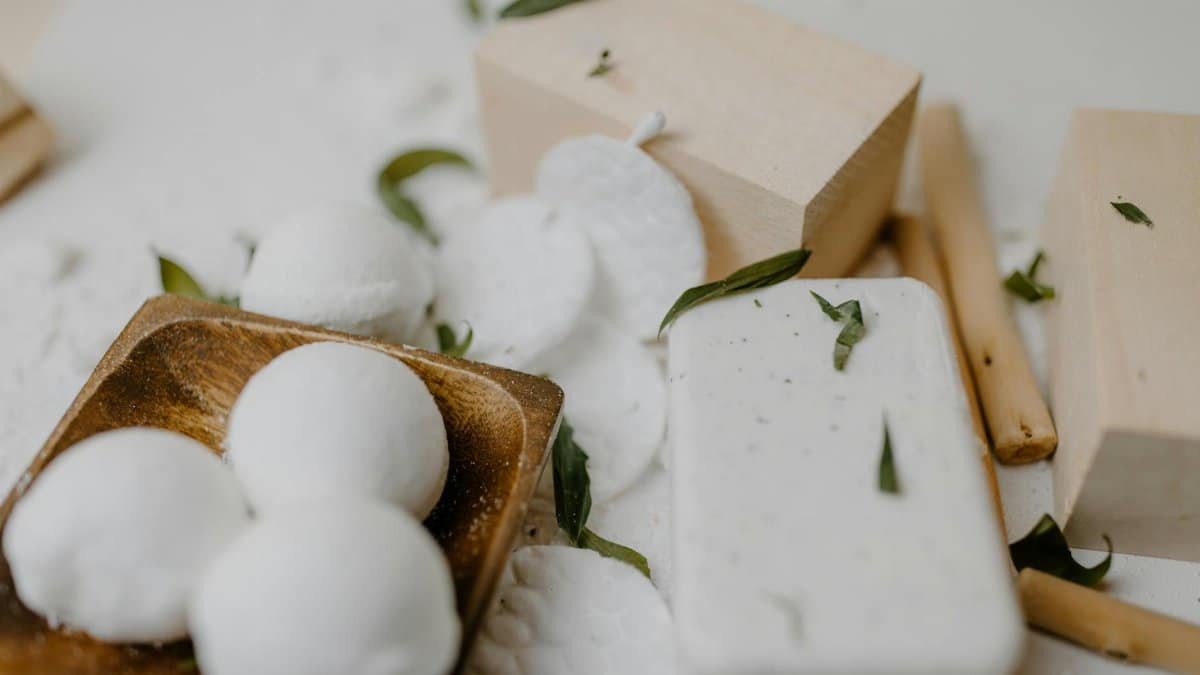In a world obsessed with hustle, a surprising stat reveals that 68% of Americans report feeling overwhelmed by daily pressures, according to recent Pew Research data. Enter growth selfcare—a burgeoning movement blending personal development with mindful nurturing. It’s not just fluff; it’s a practical shift toward sustainable well-being. As more people ditch the grind for intentional pauses, experts say this approach is reshaping how we tackle mental health in 2025. But what exactly does it entail, and why is it gaining traction now?
Defining Growth Selfcare Essentials

Growth selfcare goes beyond bubble baths and spa days. At its core, it’s about fostering personal evolution through deliberate self-nurturing practices. Think journaling to unpack emotions or setting boundaries to protect energy. Unlike traditional self-care, which often focuses on relaxation alone, this version emphasizes progress—building resilience while recharging. Wellness coaches note it’s particularly vital in high-stress environments like corporate America, where burnout rates remain sky-high.
The Science Behind the Trend

Backing this up, studies show mindfulness-based self-care can reduce anxiety by up to 30%. A report from the National Institutes of Health highlights how such practices enhance emotional regulation. In 2025, with remote work still dominant, integrating growth elements—like goal-setting rituals—helps maintain productivity without sacrifice. It’s no wonder apps promoting these habits are exploding in popularity.
Real-World Impacts on Daily Life

From busy parents to executives, growth selfcare is making waves. Take the case of a New York teacher who incorporated daily reflection walks, leading to better classroom management and less exhaustion. This mirrors broader U.S. trends where self-improvement meets self-compassion, fostering healthier relationships and work performance. Critics argue it’s privileged, but accessible versions exist for all budgets.
Common Pitfalls to Avoid

Not all selfcare is created equal. One major trap is performative routines—scrolling social media for “inspo” instead of authentic action. Experts warn this can lead to more guilt than growth. Another issue: overloading on trends without personalization. To sidestep these, start small and track what truly rejuvenates you, ensuring the practice evolves with your needs.
Incorporating It Into Busy Schedules

Think you don’t have time? Wrong. Growth selfcare thrives in micro-moments—like a five-minute breathing exercise during your commute. U.S. workers, averaging 40-plus hours weekly, can weave in affirmations or skill-building podcasts. The key is consistency over intensity, turning mundane routines into opportunities for advancement.
Expert Voices on Its Rise

Psychologists are buzzing about it. Dr. Elena Ramirez, a wellness specialist, says, “Growth selfcare empowers individuals to rewrite their narratives.” Her insights align with findings from the American Psychological Association, which link self-compassion to long-term success. In 2025, expect more workplaces to adopt these principles in employee programs.
Measuring Your Progress

How do you know it’s working? Track metrics like mood improvements or achieved milestones. Tools from sites like Headspace offer guided tracking. A study in the Journal of Positive Psychology found that consistent selfcare correlates with higher life satisfaction. Adjust as needed—flexibility is part of the growth.
Overcoming Skepticism

Skeptics dismiss it as woo-woo, but data begs to differ. With mental health crises on the rise, per CDC reports, proactive approaches like this are essential. It’s about granting yourself permission to heal without apology, turning inner dialogue from critical to supportive.
Future Applications in Wellness

Looking ahead, growth selfcare could integrate with tech, like AI-driven coaching apps. Communities are forming online, sharing stories that inspire collective uplift. As spirituality and wellness intersect, this trend promises to redefine self-improvement for generations.
For more on the science of self-care, check out the National Institutes of Health resources. Additional insights from Pew Research Center highlight U.S. wellness trends.
